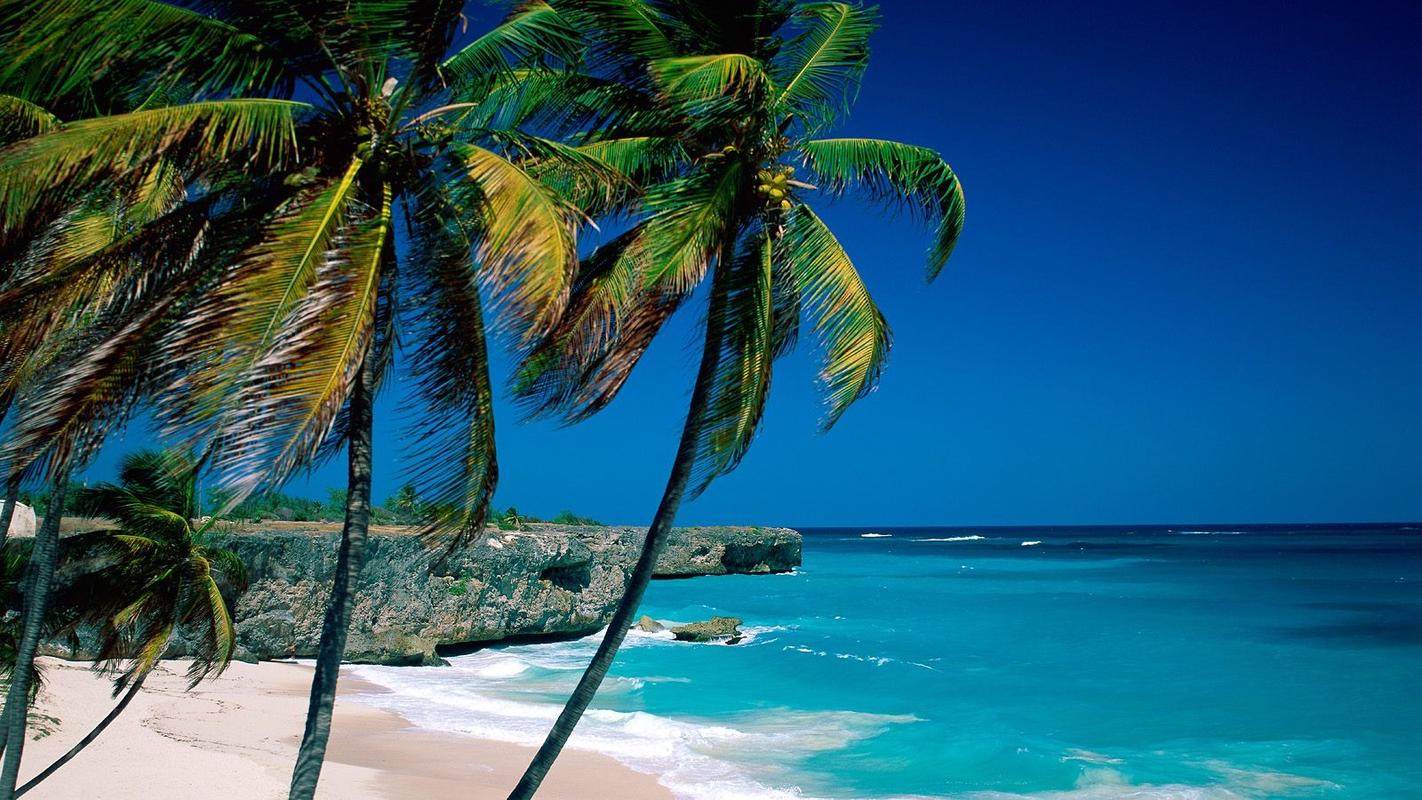Exploring the Intriguing Cultural Traditions of Peru: A Guide for Travelers
Peru has a dynamic cultural heritage that is as diverse as the country’s landscape. From archaeological sites like Machu Picchu to the vibrant Andean communities, Peru’s traditions and culture have fascinated travelers for generations. In this guide, we will delve into the unique cultural traditions of Peru that should be on every traveler’s must-visit list.
Cusco – The Heart of the Inca Empire
Cusco was once the capital of the Inca Empire and still holds remnants of its storied past. From its impressive architecture, cobblestone streets, and traditional Andean customs, Cusco offers visitors a glimpse into the ancient world of the Incas. Guests can visit the Qoricancha Temple, where the Inca worshipped the sun, or explore the impressive Sacsayhuaman fortress, a tribute to Inca military might. The town also features lively markets, where local crafts, foods, and spices are sold, making it an ideal place to immerse oneself in the Andean way of life.
Lake Titicaca – The Sacred Body of Water
Lake Titicaca, the highest navigable lake in the world, straddles the border between Peru and Bolivia. It is revered by the Quechua and Aymara communities that live on both sides, who consider it a sacred home for the sun, moon and stars. Here’s where travelers can sample traditional Andean cuisine, stroll through the colorful local markets, and learn from the people who live here about their customs and beliefs. The Uros Islands, made entirely of reeds that the lake provides, are a must-visit location to explore how the Uros people have survived on the lake’s shores for hundreds of years.
Nazca Lines – The Ancient Observatory
In Southern Peru, the desert plateau of Nazca is home to numerous deep and mysterious lines that have fascinated archaeologists for over a century. The Nazca Lines, which can only be seen from the air, range from simple designs to extensive figures of animals and geometric patterns that stretch over miles of the plateau. These humongous designs were formed by the Nazca people between 400 and 650 CE and served as a lunar calendar and observatory. Many theories attempt to explain their significance, but their precise origin remains a mystery. Still, it’s an experience worth having!
Peruvian Cuisine – A Culinary Experience to Savor
Sampling the local cuisine is an integral part of any travel experience, and Peruvian cuisine is one of the world’s most exciting. With influences from Japan, Spain, and the Indigenous Andean communities, Peruvian cuisine is a fascinating blend of textures and flavors, featuring delicacies like ceviche, rocoto relleno (stuffed peppers), and lomo saltado (spicy beef stir fry). Peruvian cuisine is an integral part of its cultural heritage, and many restaurants offer cooking classes, tours, and tastings to introduce visitors to the vibrant world of Peruvian gastronomy.
Conclusion
Exploring the cultural traditions of Peru can be an adventure that offers a unique perspective on history, customs, and way of life. From the highlands of Cusco to the mysterious Nazca Lines, Peru offers visitors a diverse journey through time and space, unveiling the traditions that make this country unique. Whether it’s admiring the ancient ruins, sampling its unique cuisine, or wandering its vibrant markets, Peru is a must-visit location for any traveler who wants to explore the captivating beauty of South America’s cultural heritage.
(Note: Do you have knowledge or insights to share? Unlock new opportunities and expand your reach by joining our authors team. Click Registration to join us and share your expertise with our readers.)
Speech tips:
Please note that any statements involving politics will not be approved.
